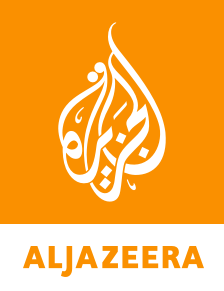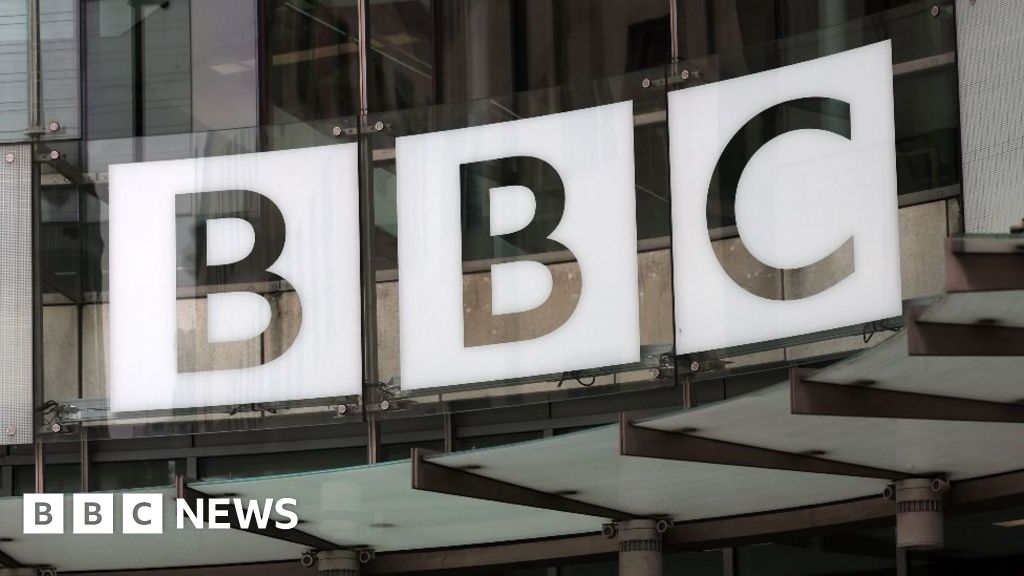Khan Younis, Gaza Strip – Eighteen-year-old Hani Hammad never imagined that his daily search for flour would end with him suffocating and being trampled.
On Wednesday morning, he left his tent in the al-Mawasi area of southern Gaza’s Khan Younis, where he’s been displaced from Rafah along with his seven siblings, heading to a food distribution point run by the much-criticised, United States-backed GHF.
“We left at dawn and stood among the thousands gathered. About 5am [02:00 GMT], they [US staff and Israeli army] signalled to open the gate, and people rushed forward,” Hani told Al Jazeera.
“The gate was open, but people were packed into a very narrow corridor leading to it – only about seven metres wide,” he said, struggling to catch his breath after arriving at Nasser Hospital gasping and barely conscious.
“I got in with the crowd with difficulty. Suddenly, American guards started spraying pepper spray and firing gas bombs, and people began stampeding through the corridor,” he added.
 Hani Hamad was rushed unconscious to Nasser Hospital after the stampede near an aid site run by the controversial GHF [Abdullah Attar/Al Jazeera]
Hani Hamad was rushed unconscious to Nasser Hospital after the stampede near an aid site run by the controversial GHF [Abdullah Attar/Al Jazeera]‘I collapsed. They trampled my face.’
“I felt like I was dying. I couldn’t move forward or backwards. I collapsed. My face and side were trampled. No one could pull me out. But God gave me a second chance,” Hani said.
He was rushed unconscious to Nasser Hospital in Khan Younis on a tuk-tuk and initially placed beside the bodies of others who had died, some from suffocation, others from bullet wounds.
“I was unconscious, couldn’t see or hear. I drifted in and out. They put me beside the dead. I thought I was one of them.”
Early Wednesday, 21 Palestinians were killed, including 15 by suffocation, while trying to collect food aid.
The incident occurred near a gate managed by the GHF in western Khan Younis. Dozens more were reportedly injured, with some still in intensive care.
Hani is the oldest of eight siblings who live next to their uncle’s tent – their parents remain in Jordan, where they travelled for medical treatment just a month before the war began.
“I feel like I carry a huge burden. We’ve endured the pressures of displacement and war without our parents and without any help from them,” he said.
Though he acknowledges that lining up for aid from the GHF is a major daily risk, he adds: “Our intense hunger pushes me to go every day.”
“There’s no other choice. I have no money to buy the overpriced goods available in the markets. My only option is to try my luck with aid distributions,” says the young man.
“Each time is a near-death experience. There’s gunfire, tanks, drones and attacks. What kind of aid distribution is this? We are exhausted, truly exhausted.”
“We’re shot at like animals”
 Mohammed Abedin was left with a wounded leg after the stampede [Abdullah Attar/Al Jazeera]
Mohammed Abedin was left with a wounded leg after the stampede [Abdullah Attar/Al Jazeera]Mohammed Abedin, 24, now lies in a hospital bed with a leg wound after heading to the same aid centre in Khan Younis early Wednesday.
For the first time, he says, he chose to turn back after sensing the danger of the crowd surge.
The young man, a first-year accounting student, arrived about 3am (00:00 GMT) at the distribution site, but he noticed that things looked different. The same site had been closed for two days before reopening.
“Before, we used to enter from several access points, and the entryway was wide. But this time, we were funnelled through one long, narrow corridor, fenced in with metal,” he says.
“When the gates opened, everyone rushed forward, and people began falling underfoot.”
Mohammed described a terrifying scene of people crushed against the metal barriers, screaming and gasping for help, as pepper spray and gas bombs were fired by American guards and quadcopters above.
“I was standing close to my cousin, watching. We decided not to go in because of the overwhelming numbers. I saw kids screaming, choking, men and youth trapped. No one could move forward or back.”
“The fenced corridor, with gas bombs raining down and people being pushed through, became a death trap,” he says.
Mohammed and his cousin tried to leave, but just as he thought he had made a wise choice, a quadcoptor shot him in the leg. His cousin was also injured.
“There’s always random gunfire from quadcaptors, tanks, or soldiers in the area. This time, I was the unlucky one,” he said. “But thank God, I survived.”
Mohammed reflects on the tragic situation faced by Palestinians, caught between starvation and death, forced to risk their lives for food. He supports his displaced family of nine, originally from Rafah and now sheltering in al-Mawasi.
“We dream daily of eating bread. I go for aid almost every day and usually return empty-handed. But the days I brought home just a few kilos of flour felt like ‘an eid’ [a celebration] for my family.”
Flour is the top priority for Mohammed, especially with Gaza being under siege for four months, the borders sealed, and humanitarian and commercial goods blocked by Israel.
“Bread is what drives me to risk death. There’s no alternative,” he said, awaiting surgery at Nasser Hospital to remove a bullet from his leg. “Has the world failed to provide a safe channel for aid delivery?”
“There’s no system, no organised relief, no police or UN intervention. We’re shot at like animals. If we don’t die of hunger, we die in the chaos and stampedes.”
In late May 2025, the GHF launched its aid distribution efforts in Gaza following an Israeli-imposed near-total blockade, which is still in effect and has prevented the entry of humanitarian supplies.
According to United Nations figures, at least 798 Palestinians have been killed since then while trying to reach or receive aid from the organisation’s distribution points.
Widespread criticism has emerged from UN agencies and rights organisations that argue the operation is politicised and endangers civilians. The UN has stated that the GHF’s operations violate humanitarian neutrality and are inherently unsafe, highlighted by the hundreds of deaths at their sites.
“Either we return with flour, or we don’t return at all”
 ‘More than 20 people died for a bag of flour,’ says Ziad Masad Mansour [Abdullah Attar/Al Jazeera]
‘More than 20 people died for a bag of flour,’ says Ziad Masad Mansour [Abdullah Attar/Al Jazeera]Ziad Masad Mansour, 43, displaced with his wife and six children from central Gaza to al-Mawasi in Khan Younis after their home was destroyed in the war, is another frequent visitor to the aid lines.
“I head there at 10 at night and sleep on the sand like thousands of others. We endure the dust and humiliation,” said Mansour, who was wounded in the head on Wednesday.
“Sometimes I manage to get flour, sometimes a few cans. Other times, I return empty-handed. I even help others carry their bags in exchange for some food.”
“Yesterday, there was horrific crowding: gas bombs, bullets, and we were packed tightly in the narrow corridor. I was trying to escape the crush when I got shot in the head and lost consciousness.”
Mansour is now recovering at Nasser Hospital. “More than 20 people died today – for a bag of flour. What more is there to say?”

 4 hours ago
3
4 hours ago
3










 English (US) ·
English (US) ·